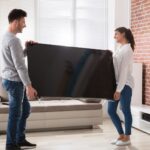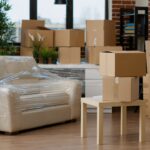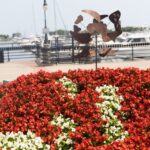What is LEED?
LEED Framework
LEED Ambitions
LEED-certified buildings play a pivotal role in addressing climate change and achieving ESG (Environmental, Social, and Governance) objectives while bolstering resilience and fostering more equitable communities.
Unlike approaches that narrowly focus on individual building elements like energy or water, LEED adopts a comprehensive perspective, considering all interconnected factors to optimize building performance. The overarching aim of LEED is to cultivate superior buildings that:
• Minimize contributions to global climate change
• Improve individual human health
• Safeguard and replenish water resources
• Preserve and enrich biodiversity and ecosystem services
• Foster sustainable and regenerative material cycles
• Elevate community quality of life
Buildings for People
LEED-certified buildings prioritize occupant well-being by providing healthier and more enjoyable indoor environments and amenities while also addressing broader community and public health concerns.
The rating system enhances air quality by implementing strategies such as prohibiting smoking and minimizing exposure to toxins from materials. Additionally, promoting active design and facilitating access to local, sustainable foods encourages physical activity and supports healthy eating habits.
Buildings for the Landscape
LEED buildings are characterized by their reduced energy and water consumption, utilization of renewable energy sources, efficient resource utilization, minimized waste production, and preservation of land and habitats. LEED certification is a worldwide solution by extending its benefits to cities, communities, and neighborhoods.
By embracing sustainable practices in design, construction, and ongoing operations, LEED empowers both new and existing buildings to diminish carbon emissions, energy usage, and waste generation. Additionally, it facilitates water conservation, promotes the use of safer materials, and mitigates exposure to harmful toxins.
How Does LEED Work?
In pursuit of LEED certification, projects accumulate points by meeting prerequisites and credits focusing on carbon, energy, water, waste, transportation, materials, health, and indoor environmental quality.
Following completion, projects undergo verification and review conducted by GBCI, which assigns points corresponding to different levels of LEED certification: Certified (40-49 points), Silver (50-59 points), Gold (60-79 points), and Platinum (80+ points).







